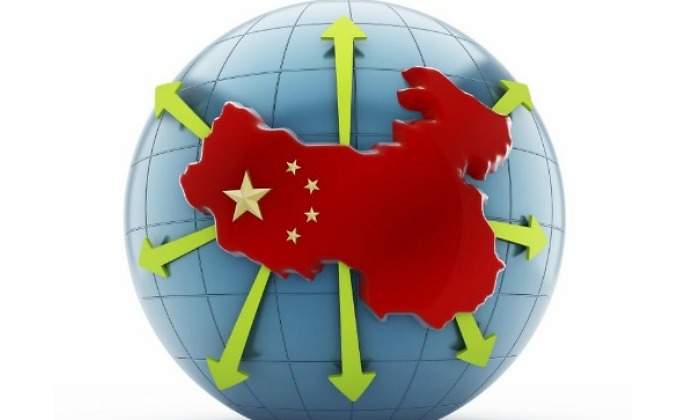17 de septiembre de 2019
China is changing, so should we
In the past seven years, China’s economic model has experienced a dramatic transition: China has gone from being the factory of the world to becoming the world’s R&D center.
That transformation has meant leaving behind the economy that in the past grew at accelerated levels but at great cost to the environment and China’s workers. In its place, we find a market that seeks to develop sustainably based on human capital, innovation, and greater domestic consumption.
The data reflects these changes. A 2019 report by GEP, for example, shows that median wages in some Chinese cities already surpass those of parts of Eastern Europe. The growing prominence of Chinese start-ups is also indicative: of the top 100 unicorns tracked by CBS Insights, 31 are Chinese, many of them in fields like fintech and artificial intelligence.
But nowhere is this change felt more deeply than in the Chinese market’s newfound hunger for imported goods. Today, China is the largest consumer market for all kinds of products, from chocolate, wine, and Starbucks to iPhones, art, and Tesla vehicles.
Two factors stand behind this redrawing of the geography of trade. First, China’s growing affluence. Take income as an example. On a PPP basis, in 2018, the average Chinese person earned over $16000, 20% more than the average Colombian. This is expected to reach $20000 by 2021.
The second factor is the Chinese government’s commitment to further open-up the economy. The upcoming China International Import Expo is proof of this commitment. Last year’s Expo saw $57 billion in purchases of goods and services being agreed by participants. Together with a drop in average tariffs and continued deregulation, the prospect for greater imports is bright.
China, then, is changing quickly. The dragon has awoken. We can either ride it or be left behind.


